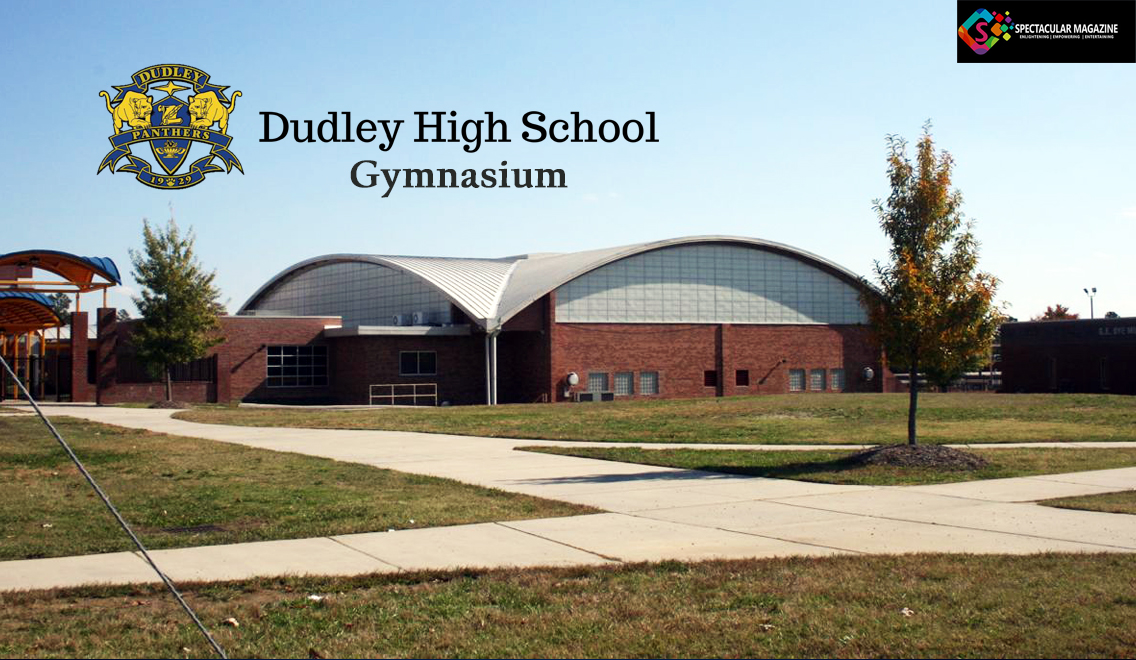Greensboro Receives Grant To Evaluate, Catalog African American Designed Buildings
Greensboro, NC (AP) — Researchers have evaluated and cataloged historic buildings all around Greensboro. But they have never compiled an inventory of noteworthy homes, churches, and public buildings designed and built by African Americans, city officials say. That’s about to change, thanks to some help from a federal grant.
The News & Record reports the city of Greensboro has received a $12,000 Historic Preservation Fund grant for the project. The city also is spending $10,000 on the project.
Mike Cowhig, a senior planner for Greensboro, said the city is required to maintain an inventory of historic properties because it has a Historic Properties Commission. And North Carolina state officials have suggested that Greensboro dig deeper into its history with a broader survey.
“The state historic preservation office has recommended that we should do a comprehensive survey of African American resources,” Cowhig said. “There are communities that are underrepresented in historic preservation so they’re trying to encourage communities to do this.”
The survey is just in the planning stages, Cowhig said, so officials don’t yet know how many buildings might be listed. The first phase will focus on modernist structures in eastern Greensboro and Benbow Park designed by African American architects, the city said in a news release. The project, which includes house-by-house photographic surveys, will also recruit comments from the community.

But with Preservation Greensboro’s help, the city hopes to spotlight such landmark buildings as Dudley High School’s modern gymnasium, designed by African American architect W. Edward Jenkins and built-in 1959, and the J. Kenneth Lee House on Broad Avenue, also designed by Jenkins.
The Lee house features a flat roof on a single-story layout with large windows typical of the midcentury style. Lee, who died last year, was a civil rights attorney who successfully sued the city of Greensboro on behalf of five black students who wanted to attend an all-white elementary school.
Jenkins studied architectural engineering at NC A&T and worked in the office of architect Edward Loewenstein, who was white. Their relationship was unusual in the segregated south during the 1950s. Jenkins viewed modernism as a symbol of progress for African Americans. He designed a number of homes for black clients in Greensboro.
Cowhig said the Lee house and Dudley’s gymnasium suggests the kind of history the city hopes to unearth in its research. “This will operate on two levels,” he said. “It will spotlight architecture and civil rights.”
The Benbow Park neighborhood, where the Lee house was built, is significant because it has remained largely undisturbed since it was built.
“There’s a larger neighborhood in the Benbow Park area that has a lot of residential architecture from the ’50s and ’60s,” Cowhig said.
The survey is likely to catalog many modern African American churches that were built in the 1960s, he said.
“The idea that was presented to us by the state is that it would be somewhat comprehensive in scope,” he said. “I do hope that it will be a project that consists of several phases.”
Once its plan is set, the city will likely conduct public surveys to get more information about historically significant buildings, Cowhig said.


